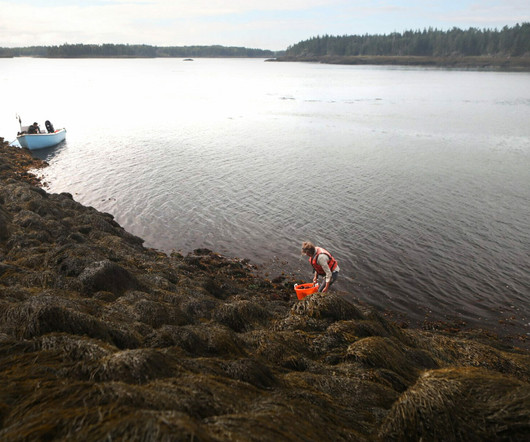EarthDaily Agro on Renewable Fuel Alternatives
World Agri-Tech
MARCH 12, 2024
Meet camelina, an oilseed crop harvested today primarily across Europe and North America. Although not widely known, camelina is a crop with immense potential as a feedstock for sustainable biofuel. Worldwide, millions camelina opportunity acres exist. What makes camelina so promising is its ease of adoption for growers.











Let's personalize your content